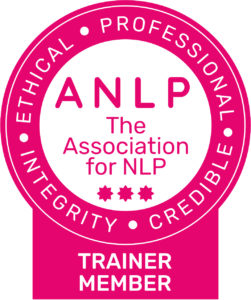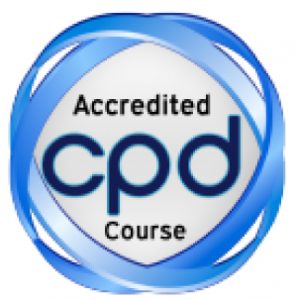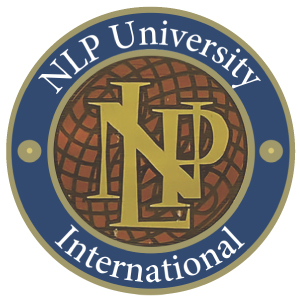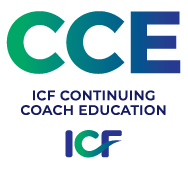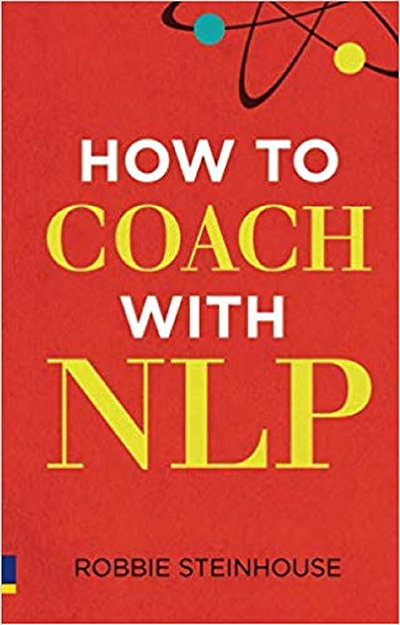School’s Out: How to Teach Your Kids from Home
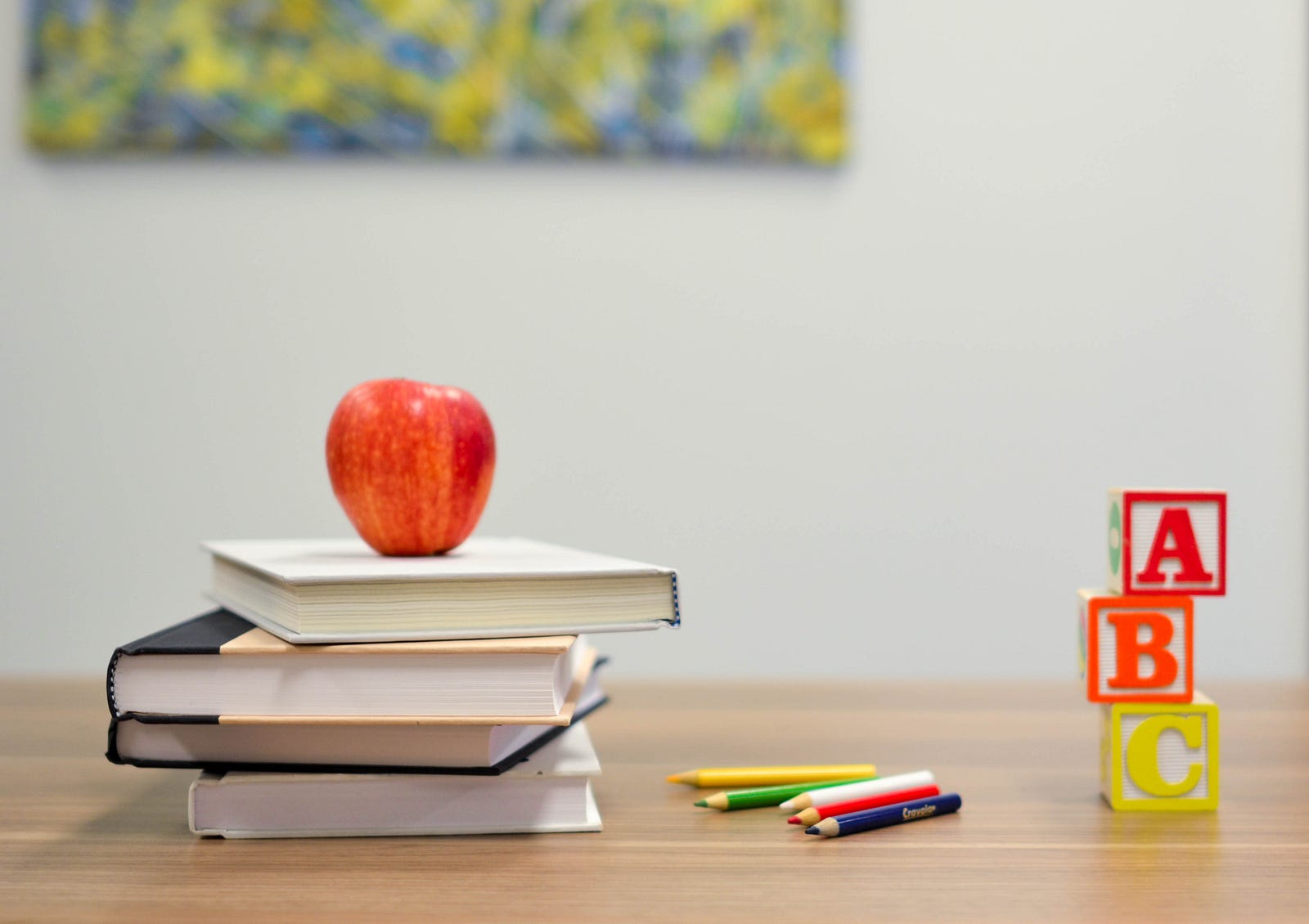
Juggling education and employment can be really difficult. Let alone someone else’s education, and your own employment. In the past few weeks, many parents have found themselves having to teach their children from home. All while holding down a full-time job remotely.
So for those of you who are suddenly faced with the role of full-time worker and part-time educator, I hope this week’s post will provide a helping hand.
My aim is to use NLP skills to help carers figure out how best to teach their children, and my own experience in teaching to figure out what to teach them.
How to teach with NLP
1. Intentions
My first step is to find the “why” behind the lesson. To ask myself: what is it that I hope to achieve?
Specific aims tend to work best. Non-specific ones, such as “improve Maths skills” or “get better at English” are too vague. They’re difficult to measure, so can leave both parties feeling frustrated.
Instead, I prefer to set really precise goals, which can be achieved in an hour or less. Something like: understanding a specific extract of literature, or getting to grips with a single math problem.
I have found that, when teaching, building confidence is just as important as building knowledge. It’s better to go slow and achieve mastery, than race through and leave the student feeling lost or inadequate.
2. Learning Styles
In my experience, kids learn best from a place of curiosity, rather than a sense of obligation. But curiosity is deeply personal — what makes me curious might make you want to take a nap.
This is where Learning Styles come in. In NLP, it is thought that people fall into three categories when it comes to processing the world:
- Visual — a preference for pictures and images;
- Auditory — a preference for sounds;
- Kinaesthetic — preference for touch, sensation or emotion.
You can be more than one of these at the same time. In fact, I would argue that most people contain all three, in varying proportions. Also, a different preference can be dominant in different situations or moods.
For example, I’m mostly Visual — I learn best when watching something rather than reading about it. If I was faced with the exact same information — one as a YouTube tutorial and another as a transcript — I would absorb much more from the tutorial.
However, when I’m upset, I become highly Kinaesthetic — I like to feel comfy, and often find myself mindlessly stroking what I’m wearing, like a scarf or a jumper.
Figuring out a student’s Learning Style (which you can do HERE) is really key, in my experience, to teaching. There are two ingredients to teaching — information and delivery. Learning Style is a matter of delivery. By teaching in a child’s preferred Learning Style, you leave more of their energy free to focus on the information itself.
Once you understand your child’s Learning Style, you can start to tailor the lessons accordingly. For example:
- A child with a Visual preference might benefit from illustrations, drawings, a whiteboard;
- Someone with Auditory preferences might enjoy conversation as a way of learning;
- If your kid has a Kinaesthetic preference, they might learn best through stories and anecdotes.
By understanding Learning Styles, you can not only get your message across, but also understand how it will be received.
3. The Four Stages of Learning
NLP teaches that, in any skill, people progress across four stages of competence:
- Unconscious Incompetence (i.e. you don’t know something, and you don’t know that this is the case)
- Conscious Incompetence (i.e. you don’t know something, and you know that this is the case)
- Conscious Competence (i.e. you know how to do something, but only if you actively think about it)
- Unconscious Competence (i.e. you know how to do something, without even having to think about it)
Very young children bypass the Conscious phase of the Learning Cycle (they move directly from Unconscious Incompetence to Unconscious Competence). They do this by copying what they see, without needing to understand why they are doing it.
But as children grow older, and start learning more complex ideas, they start to experience the discomfort of Conscious Incompetence. This can lead to feelings of self-blame and shame, for not understanding things “well” or “quickly” enough. Over time, learning can become associated with negative emotions, and therefore be met with hostility.
Everyone has thresholds in energy, which vary for different things. When I was learning how to drive, I found myself getting really tired after an hour-long lesson. My partner, who has been driving for over a decade now, was designated driver during our time travelling, and frequently drove for 6 or more hours per day. His only complaint was how much Taylor Swift I subjected him to.
Children operate in the same way. They have thresholds for learning. Existing in the realm of Conscious Incompetence or Conscious Competence can take a lot of energy.
By understanding the Learning Cycle, you can recognise zoning out or a lack of interest for what it is — your child is starting to reach their learning threshold.
For subjects they are Unconsciously Competent in (for me this was English), children can learn for longer. For subjects in which they have Conscious Competence, the threshold may be as little as ten minutes.
Either way, recognising this, without judgement, creates a positive learning experience. It will also make it much easier to return to the subject later. When faced with a child’s learning threshold, I have found that the best thing to do is to move on, and return to the subject later.
The “What” of Learning
Achievement
“You often feel tired, not because you’ve done too much, but because you’ve done too little of what sparks a light in you.”
— Alexander Den Heijer, Nothing You Don’t Already Know
Personally, I have found that my happiness levels are higher on the days where I feel like I’ve “accomplished” something. But it can be hard to get a sense of achievement during the lockdown.
For me, discovering the VIA Character Test has been instrumental in this (they also do a Young Person’s version). The VIA Test helps you discover your key strengths. When I do something towards one of them every day, I get a sense of accomplishment.
Here’s a full list of ideas. And this is what I’ve been doing:
- One of my strengths is “Curiosity”, meaning that I love discovering new things and engaging with the world around me. This can be tricky right now, but there are ways around it. For example, I’ve been getting in touch with someone new on most days, to catch up and check in. I’ve also been trying a new exercise every day (YouTube is great for this).
- One of my other strengths is “Love of Learning”. This means that — you’ve guessed it. Learning new things is fun for me. This sounds like it could only be a good thing. But it can be negative too, in that, without sufficient mental stimulus, I get easily bored. So, every day during the lockdown, I’ve been trying to learn something new – by spending an hour or so reading about something that interests me, but I don’t know much about.
You can apply this approach to both yourself and your kids. By understanding their strengths, and doing something to “feed” these every day, you can help them to achieve a sense of accomplishment, even during the lockdown.
The Old and New
Having no syllabus can be a great opportunity to experiment. Even when I was teaching curriculum subjects, I found that people responded best to a mixture of stimuli. So — a combination of something established, like English or Maths, plus something brand new — like Philosophy or Psychology — in every lesson, achieved the best results.
For example, if we were talking about Modernist Literature, we’d also learn about what was happening in the world of psychology at that time (hint: a lot) and how the two things were influencing each other.
Mixing old and new within a topic is also a good way to provide a lesson that’s both stimulating and confidence-boosting. Re-hashing old ground helps a child feel confident that they are good at something, because they already “know” it. But keeping it fresh stops them from getting bored.
So those are the two options that I would use:
- If you’re working with a syllabus and/or exams haven’t been cancelled, mixing old information (the subject) with new (the context) can be great.
- If you’re working outside a syllabus, then this is the perfect opportunity to mix curriculum subjects (Maths, Science) with other kinds of skills (Meditation, Positive Psychology).
Which leads us to…
Helpful Links
If you are feeling like you need a break, or would just like to keep your children occupied, here are some additional tools which might help:
- The app-based tuition agency, Sophia, have started offering all their services online.
- Holly King-Mand has been offering free English lessons every day since the lockdown began
- Udemy offers reasonably-priced online courses, including kids courses in Art, Yoga and Writing
- Headspace does short meditations for kids
Conclusion
The last comment I would make, from an NLP perspective, is that learning is state dependent. In other words, the mental and emotional state of your children will influence how effectively they learn.
So, without the pressure of outcomes, like exams and grades, this can become a really wonderful opportunity to re-frame their attitude towards learning. To create positive associations, and to encourage them to learn by following and exploring their own natural curiosity, rather than out of a sense of obligation.
About the Author
Sophie Leane is a guest contributor to The NLP School on Medium and the NLP School blog. You can also find her writing on Medium HERE.
Did you like this post?
Then check out our events and courses!
Where to find us
For posts, events, free open days and more, follow NLP School on:
Twitter: @NLPSchool
Facebook: /NLPSchoolLtd
What to read next
Managing Your State During the Corona Virus





